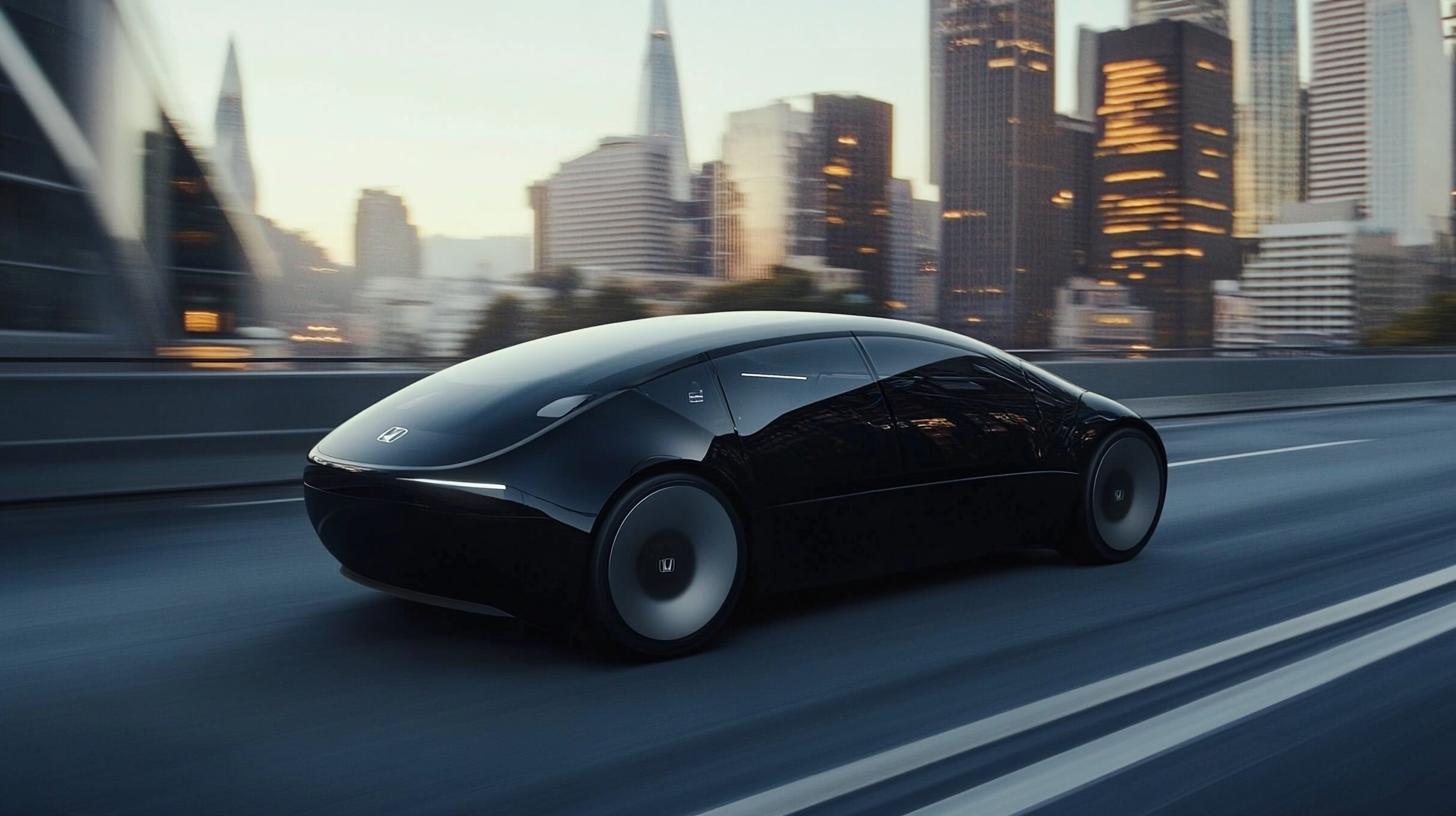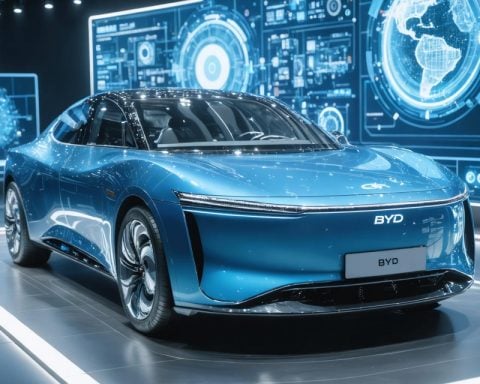In a bold move that could reshape the electric vehicle market, Honda is accelerating plans to integrate solid-state batteries into its electric cars by the end of the decade. This technology promises to significantly enhance the driving range, potentially doubling the current capability of Honda’s electric vehicles.
Breaking the Barriers of Electric Travel
Honda has announced that it’s on the path to developing advanced solid-state batteries that could revolutionize electric vehicle (EV) performance. By leveraging this cutting-edge technology, Honda aims to offer EVs that can travel twice as far on a single charge compared to today’s models.
Strategic Innovations
The development will center around Honda’s Sakura plant, where the company is not only focusing on producing these high-performance batteries for its own vehicles but is also open to the possibility of supplying them to other car manufacturers. This forward-thinking approach could set a new industry standard.
Global Impact
Honda’s initiative reflects its commitment to advancing EV technology and contributing to a more sustainable future. By potentially providing its breakthrough batteries to other brands, Honda could play a central role in making electric vehicles more accessible and appealing on a global scale.
As the journey towards a more electric future continues, Honda’s strides in solid-state battery technology represent a significant milestone. With improvements in range and efficiency, electric vehicles could become an even more viable option for consumers worldwide, marking a pivotal shift in automotive technology before 2030.
Surprising Evolution of Solid-State Batteries and Their Impact on the Future
In an era where sustainability and technological advancement are paramount, breakthroughs in solid-state battery technology are emerging as game-changers for the electric vehicle (EV) market. While Honda’s recent announcement marks a significant step, this article delves into the broader implications of solid-state batteries beyond the basic details previously reported.
Exploring the Science Behind Solid-State Batteries
Solid-state batteries differ from traditional lithium-ion ones by using a solid electrolyte instead of a liquid or gel. This fundamental change enhances energy density and stability. As a result, vehicles can potentially achieve a longer range and faster charging times. However, the impact of these batteries goes beyond mobility—enabling innovations across various technologies.
Impacts on Technology and Human Development
1. Portable Electronics Revolution: Solid-state batteries could dramatically extend the battery life of smartphones, laptops, and wearable devices. This would not only improve user experience but could also lead to more sustainable e-waste management due to longer device lifespans.
2. Renewable Energy Integration: Their enhanced storage capacity may facilitate more efficient renewable energy storage solutions, which is crucial as the world transitions towards cleaner energy sources.
3. Cost Implications: Currently, manufacturing these batteries is costly, which may initially translate into higher prices for EVs and electronics. As production scales and techniques improve, these costs are expected to decrease, benefiting consumers.
4. Safety Enhancements: Solid-state batteries are less prone to overheating and fires, a critical improvement over traditional batteries. This reliability could encourage more consumers to embrace electric vehicles with confidence.
Challenges and Controversies
Despite their potential, solid-state batteries face significant hurdles:
– Manufacturing Complexity: Scaling up production while maintaining efficiency and quality is a significant challenge.
– Material Scarcity: The materials required are not abundant, leading to concerns about supply chain reliability and environmental impact.
How Will This Affect the Future? Key Questions Answered
– Will solid-state batteries make EVs affordable for all? While costs are high now, advances in production and economies of scale are likely to decrease prices, making them more accessible.
– Could the environment suffer due to new material demands? Potential environmental impacts could arise from mining and processing the necessary minerals, emphasizing the need for responsible sourcing strategies.
Conclusion
Solid-state batteries promise to propel humanity into a new era of technological innovation and carbon neutrality. They offer numerous advantages, from boosting the efficiency of renewable energy systems to revolutionizing personal electronic devices. However, to fully realize this potential, significant obstacles in production, cost, and resource management must be addressed.
For more insights into technological advancements and sustainable innovations, visit TechCrunch and Scientific American.







